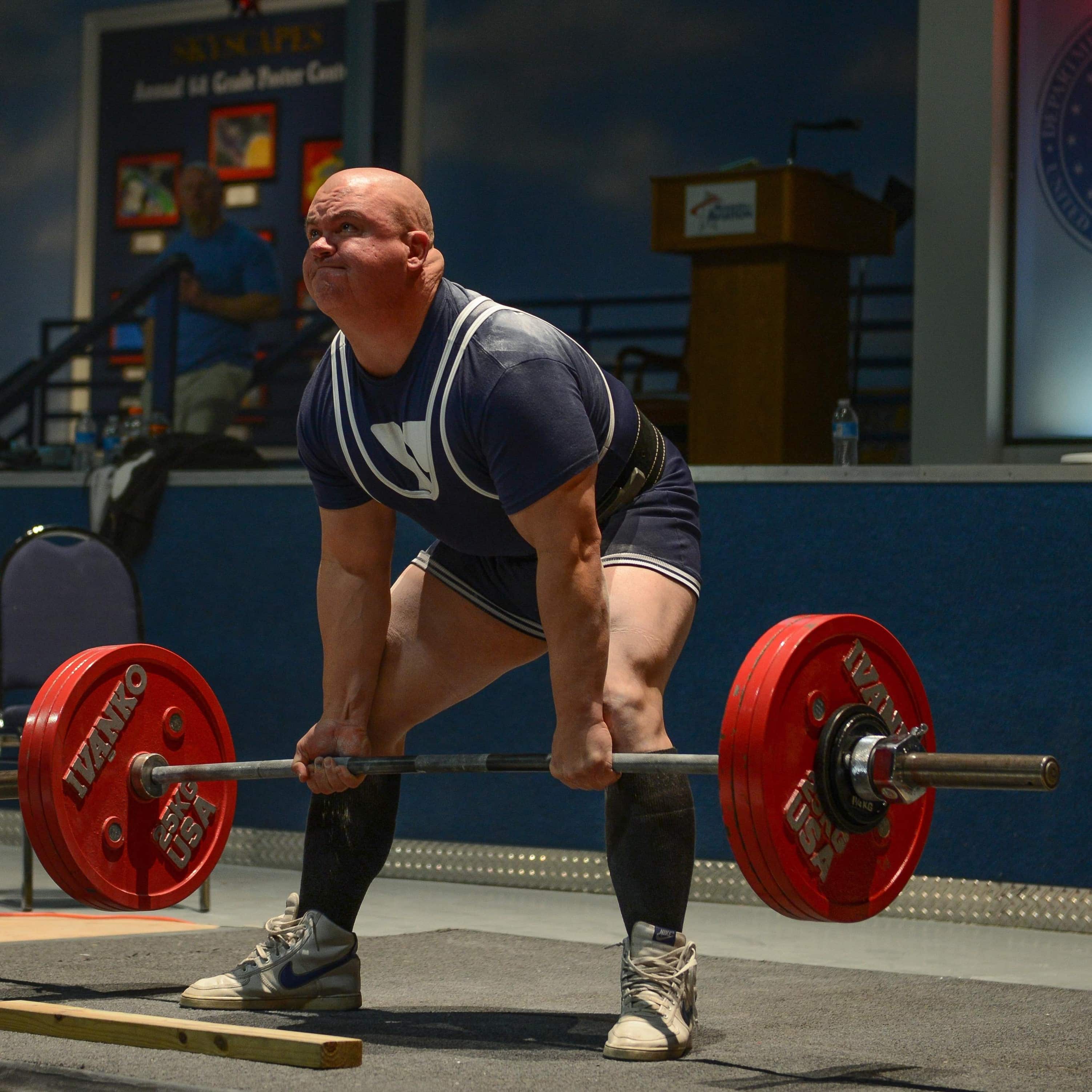Are you an athlete training for an endurance sport? You better be implementing some heavy weight strength training into your workout regimen as well, rather than just focusing on endurance training. Stronger athletes move faster, have better posture and technique, and have a lower risk of injury. Team EBT has got some useful science for you!
What Exactly is Heavy Strength Training?
During strength training, the athlete often aims to lift as heavy as possible. Heavy strength training is when the athlete lifts a weight between 1-15 repetitions. That type of training is used mainly to increase the overall strength and load.
Running and Cycling
Performance in endurance sports, such as running or cycling, is mostly determined by the maximal power produced for a given distance or time. Both cardio and muscle strength have a role to play in the overall performance. The potential effects that strength training has on endurance performance has been discussed extensively. Heavy strength training has been shown to enhance endurance when it’s required of the athlete to work near his or her maximal capacity, for example, a 5-km run (1-3).
Strength training improves the running economy of the movement as well as the capacity and maximum speed. Heavy strength training is recommended for improving cycling performance and for increasing speed and power output. (4-6)
Make Your Tendons Stronger and Your Body Resistance to the “Running Burn”!
This positive effect may be due to an adaptation of the muscle. Strength training has been reported to increase tendon stiffness which results in an increased ability to store and utilize elastic energy within the muscle. Heavy strength training also delays the activation of the less efficient type II-fibers. (5)
Strength training also makes the body more resilient against lactic acid, commonly felt as the “burn” during a workout when the muscle is overworked. This means that the body will be able to continue to work without oxygen availability. There is, however, little evidence that strength training improves maximal oxygen consumption capacity (VO2 max) (5).
How Much Strength Training Should an Athlete Do?
Implementation of strength training has been shown to be effective only when replacing a small portion of your endurance training. Studies have shown that endurance athletes training 6-7 hours a week can benefit from using around 2 of these hours for strength training.
Athletes training less than 6-7 hours a week will most likely not benefit from sacrificing endurance training for strength training. Remember that we really mean STRENGTH training, using HEAVY weights; 1-4 rep-max, for 2-3 sets, 2 times a week is enough. This leads to your nervous system adapting to make you stronger rather than bigger muscles (hypertrophy), explaining why there are no negative effects of strength training as bigger muscles could theoretically affect athletic performance. Plyometric training is a good, but less effective, weight-free alternative to strength training. Keep in mind, however, that this method has a higher risk of injury, so we recommend heavy resistance training!
Take Home
In conclusion, heavy strength training improves performance in endurance sports, mostly running or cycling, although not enhancing maximal oxygen consumption capacity.
Post provided by
– @maria_ekblom, a member of #teamEBT. Licensed physiotherapist and personal trainer.
– Artin Entezarjou, M.D., PhD Student and fitness instructor.
Sources:
1. Paavolainen L, Hakkinen K, Hamalainen I, Nummela A, Rusko H. Explosive-strength training improves 5-km running time by improving running economy and muscle power. Scandinavian Journal of Medicine and Science in Sports. 2003;13(4):272-272.
2. Rønnestad B, Mujika I. Optimizing strength training for running and cycling endurance performance: A review. Scandinavian Journal of Medicine & Science in Sports. 2013;24(4):603-612.
3. Bazyler C, Abbott H, Bellon C, Taber C, Stone M. Strength Training for Endurance Athletes. Strength and Conditioning Journal. 2015;37(2):1-12.
4. Rønnestad B, Hansen J, Hollan I, Ellefsen S. Strength training improves performance and pedaling characteristics in elite cyclists. Scandinavian Journal of Medicine & Science in Sports. 2014;25(1):e89-e98.
5. Beattie K, Kenny I, Lyons M, Carson B. The Effect of Strength Training on Performance in Endurance Athletes. Sports Medicine. 2014;44(6):845-865.
6. Hoff J, Gran A, Helgerud J. Maximal strength training improves aerobic endurance performance. Scandinavian Journal of Medicine and Science in Sports. 2002;12(5):288-295.
7. Lauersen JB. The effectiveness of exercise interventions to prevent sports injuries: a systematic review and meta-analysis of randomised controlled trials. Br J Sports Med. 2014 Jun;48(11):871-7.
8. Yamamoto LM. The effects of resistance training on road cycling performance among highly trained cyclists: a systematic review. J Strength Cond Res. 2010 Feb;24(2):560-6.
9. Yamamoto LM. The effects of resistance training on endurance distance running performance among highly trained runners: a systematic review. J Strength Cond Res. 2008 Nov;22(6):2036-44.
10 Sedano S. Concurrent training in elite male runners: the influence of strength versus muscular endurance training on performance outcomes. 2013.
11. Psilander N. Adding strength to endurance training does not enhance aerobic capacity in cyclists. 2015.




